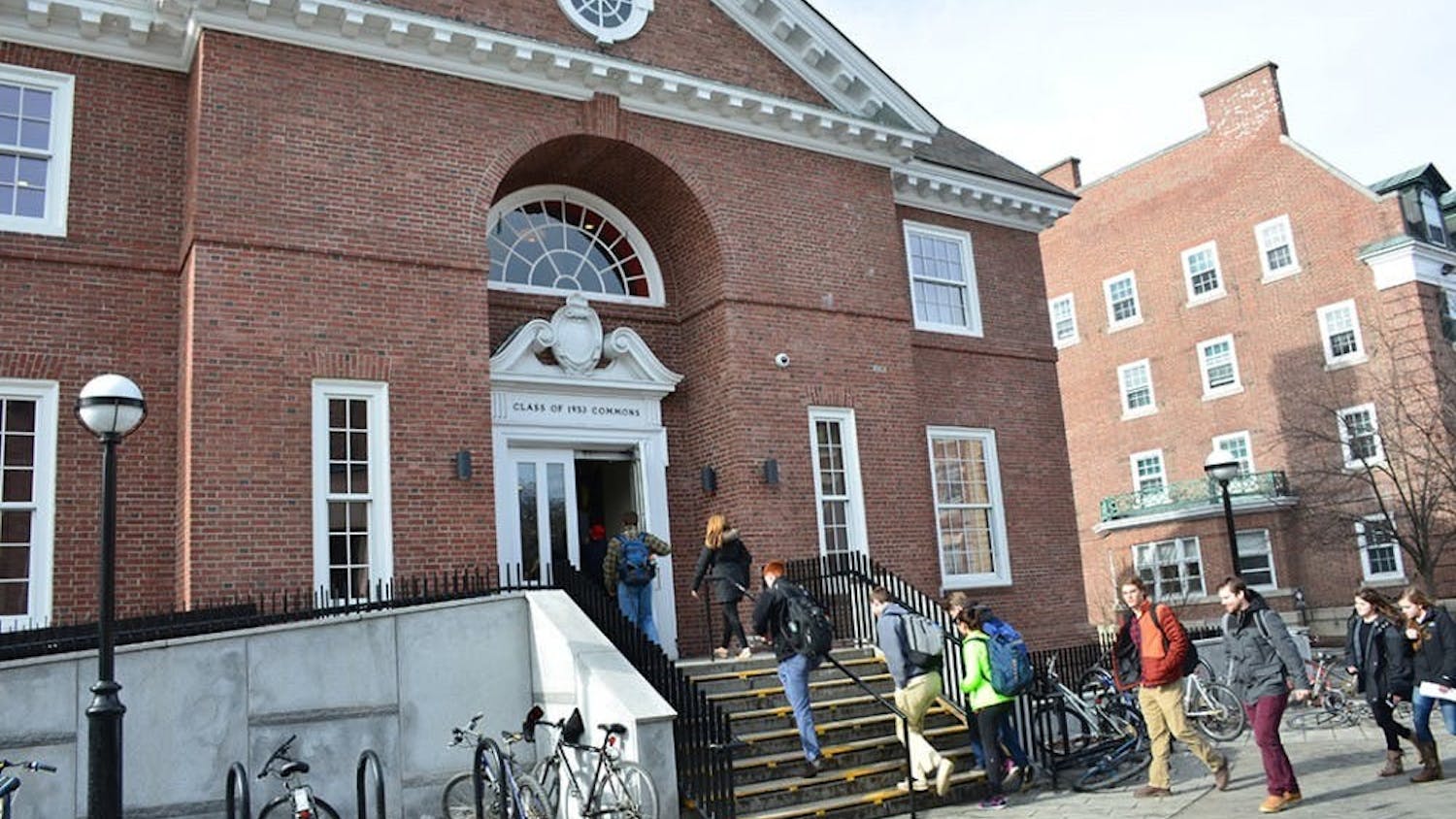Asian carp, garlic mustard, zebra mussels, lionfish, kudzu vines — the names of these invasive species might sound familiar. The United States is currently home to around 50,000 non-native species, around 4,300 of which are considered invasive. These are non-native species which can inflict significant damage on local ecosystems and overwhelm native species, often despite containment efforts.
Yet there’s one solution we could easily adopt right here on campus to combat invasive species: Eat them. Yes, as strange as it sounds, there's a growing push to consume edible invasive species, creating a market for their harvest and consumption and a financial incentive to remove them from the environment. It’s time for Dartmouth Dining to start sourcing and serving edible invasive species, a win-win approach that would create more variety in dining options and combat a rising tide of invasive plants and animals.
The moment could not be more urgent. Invasives have been pressuring native biodiversity for decades and even centuries in some cases. With high levels of global travel and changing habitats due to climate change, the problem is likely to worsen. The Upper Valley is no exception; new invasive insects have already taken advantage of the warming climate to infest the area. Fast-growing garlic mustard has surged in Hanover, with each small plant capable of producing thousands of seeds and choking out native vegetation.
But, did you know that garlic mustard can be turned into pesto? True to its name, the fringe-leaf plant has a garlic taste, making it perfect for putting on pastas and bread. Conservation organizations need to rely on volunteers and donations to dispose of the plant, but by turning it into food, there can be an actual financial incentive to harvest the plant (though there may need to be some clarification in New Hampshire law to allow its purchase and sale).
It’s little wonder that this simple solution has many prominent institutions lining up behind it, including other colleges. The National Oceanic and Atmospheric Administration created an “eat lionfish” campaign in the early 2010s, seeking to promote consumption of the highly-invasive fish. A University of Vermont professor has created a website to identify edible invasive species, while the UVM dining hall hosted an “eat the invaders” dinner. Meanwhile, the University of Illinois at Urbana-Champaign has started serving invasive Asian carp species in its dining halls. Marketed as “silverfin,” the fish received rave reviews from students in the dining hall — the university serves between 9,000 and 11,000 pounds of it per year.
Dining halls have a unique capacity to introduce students to new dishes. By itself, the Class of 1953 Commons serving Asian carp won’t eliminate the problem these fish pose. But if students continue to eat invasives and spread the practice back to their families at home, the effect can multiply. Financial savings are another clear consideration. Given their abundance, as well as cultural aversions to eating certain invasive species, they can often be purchased at reasonable prices.
There are, however, legitimate limitations to this idea. Many food suppliers don’t carry these invasive ingredients, and the approach I outline generally works better for fish and other species, such as the invasive green crab, which can be caught in abundance. Many insects and invasive plant species are inedible, or otherwise dispersed and difficult to harvest on a large scale. This solution cannot solve the problem in its entirety, but consuming edible invasive species is a powerful tool — a tool which Dartmouth Dining has ample power to employ. Cultural barriers might get in the way, but as the University of Illinois found out, getting students to try a new food can quickly create popular demand. So let’s find suppliers that sell Asian carp, lionfish and green crab, and work with local conservation organizations and farms to find ways to harvest plants like garlic mustard.
The best way to get Dartmouth Dining to change its menu is through consistent pressure from the student body. Dartmouth Dining often solicits feedback on its food; let’s start demanding edible invasives be put on the menu. I know friends who have made things like garlic mustard pesto; why not pass on the recipe to Dartmouth Dining? As eating invasives gains popularity, I hope Dartmouth will start serving edible invasives — so let’s bring on the Asian carp.



